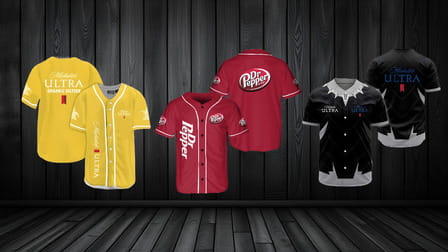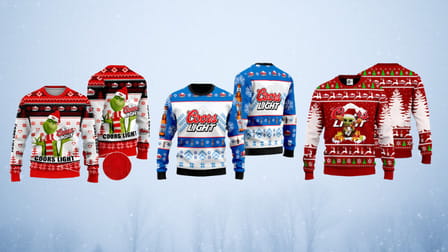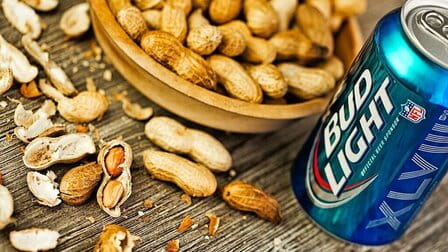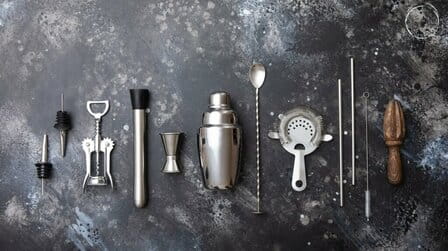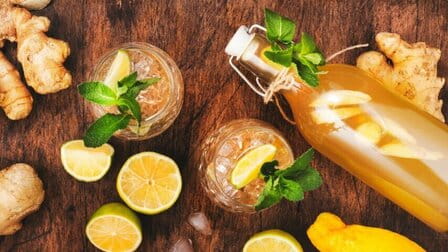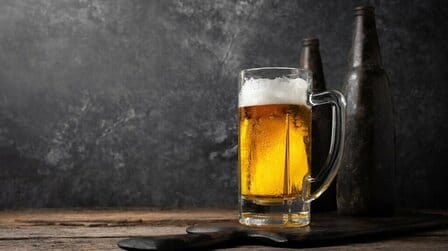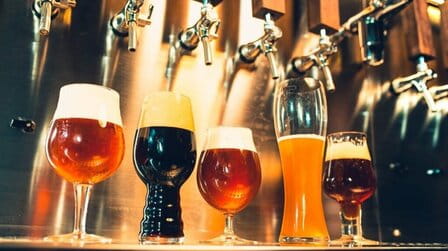The United States has a rich beer culture with hundreds of breweries across the country. While the market is dominated by a few mega-brands, there are many popular craft beers that beer enthusiasts seek out. In this article, we will explore some of the top beer brands in the US.
Overview of the US Beer Market
The US beer market is the largest in the world, valued at over $100 billion annually. The market has consolidated over the past few decades, with just two companies - Anheuser-Busch InBev and Molson Coors - controlling about 70% of overall beer sales.
Despite this consolidation, there has been tremendous growth in the craft beer segment. There are over 7,000 craft breweries operating in the US today. While craft beer only accounts for 13% of overall beer sales by volume, the category continues to chip away at the market share of big beer.
With so many options to choose from, determining the most popular brands takes some analysis. By looking at national sales data and understanding different types of beer drinkers, we can get a sense of the top beer brands in the US today.
Ranking the Top Beer Brands
Based on sales data, these are the top 5 beer brands in the United States:
1. Bud Light
Bud Light is the best selling beer in the US by a massive margin. Owned by Anheuser-Busch InBev, Bud Light has been the top-selling beer since 2001. While it does not have a strong flavor profile, it is very easy-drinking with low bitterness, alcohol, and calories. Annual sales of Bud Light are estimated at $4.7 billion.
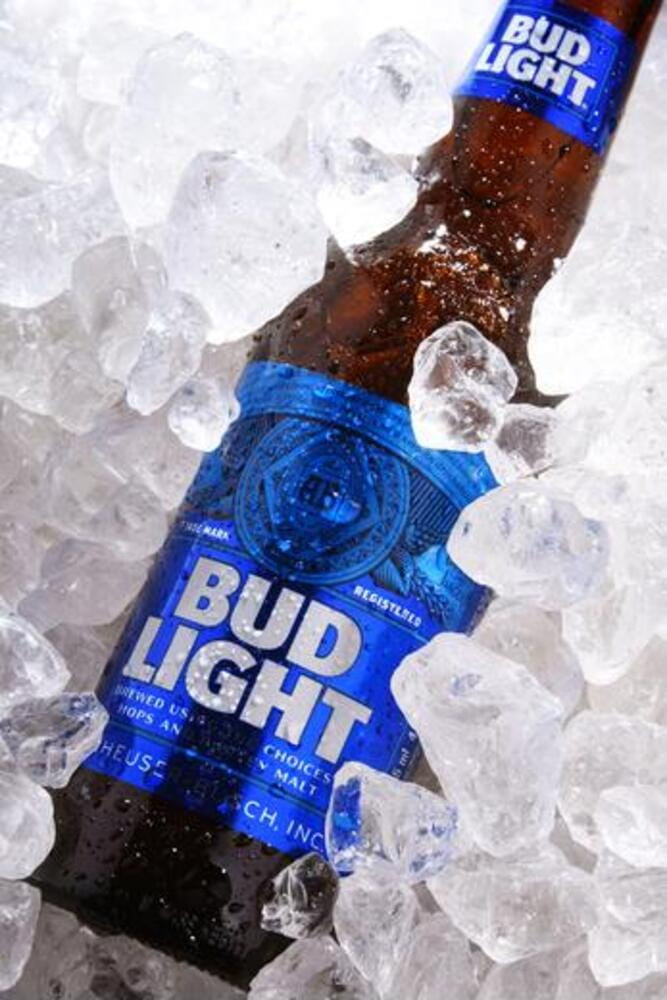
2. Coors Light
The second spot belongs to Coors Light, made by Molson Coors Brewing Company. Like Bud Light, it has mild flavor and is positioned as a highly drinkable, refreshing beer. Coors Light sells nearly $2 billion annually.

3. Miller Lite
Miller Lite is another light lager owned by Molson Coors. It was one of the first successful "lite" beers marketed to men. Miller Lite's annual sales total around $1.5 billion.

4. Corona Extra
At number four we have the classic imported Mexican lager, Corona Extra. Corona's beach-friendly image and signature lime garnish have made it a top beer brand. Part of the brand's mystique is that it is still packaged in glass bottles. Corona Extra sells over $1.3 billion per year in the US.

5. Heineken
Rounding out the top 5 is Heineken, the most popular imported European beer in America. Heineken has built equity as a quality green-bottled beer since its US launch in 1933. Annual sales exceed $1 billion.

Notable Craft Beer Brands
While big domestic lagers dominate overall sales, consumer demand for quality craft beer continues to expand. Here are some top craft beer brands in the US:
- Sierra Nevada Pale Ale - This iconic West Coast IPA helped launch the craft beer movement. Sierra Nevada Brewing sells $200 million annually.
- New Belgium Fat Tire - Fat Tire amber ale put Colorado's New Belgium Brewery on the map. It remains a top-seller at over $100 million per year.
- Samuel Adams Boston Lager - The Boston Beer Company's classic lager is the # 1 craft beer, selling about $325 million annually.
- Blue Moon Belgian White - Launched by Molson Coors, Blue Moon is a popular Belgian-style wheat beer selling around $200 million per year.
- Lagunitas IPA - This hop-forward India pale ale from California's Lagunitas Brewing is a widely-available craft beer favorite.
While these breweries have significant sales, craft beer is still highly regionalized. Many local breweries see strong sales and loyalty in their home markets.
Factors in Beer Brand Success
What accounts for the success of top beer brands like Bud Light and Corona? Here are some key factors:
- Brand equity - Top brands have built equity through advertising, events, and memorable marketing over decades. This creates strong brand recognition and loyalty.
- Distribution footprint - Mega-brands are widely available nationwide at most major retail chains. Access and availability drive sales volume.
- Price - Top brands are moderately priced to appeal to mass market consumers. Premium pricing can limit demand.
- Innovation - Brands need to innovate with new varieties and flavors while maintaining core product integrity.
- Drinkability - Easy-drinking taste profiles and refreshment are priorities, especially for leading domestic lagers.
Recommendations for Beer Brands
For beer brands aiming to grow sales and recognition, here are some recommendations:
- Focus on quality - Offer a consistent, high-quality product that delivers on consumer expectations. Do not compromise on quality as production scales.
- Build local loyalty - Engage with local communities via tasting rooms, events, and partnerships. Grassroots buzz is pivotal.
- Leverage online sales - Selling directly to consumers online provides data and feedback while generating revenue.
- Experiment with flavors - Explore unique but accessible flavors that can generate interest and trial. But maintain flagships.
- Seek innovative partnerships - Pursue co-branding or licensed deals (sports teams, live music, travel brands) to expand appeal.
- Evaluate expansion - At some point, brands will need to decide if expanding production and distribution into new markets is worthwhile. Weigh pros and cons.
The Future of the US Beer Market
Consumer interest in quality craft beer shows no signs of slowing down. Yet the mega-brands seem likely to retain the top sales spots due to scale, distribution, marketing, and pricing advantages.

I believe we will see two trends shape the future:
- Continued fragmentation, with local and regional craft breweries gaining share in their respective markets.
- Consolidation among the largest craft breweries as competition intensifies. Some will choose to sell, while others will expand.
It remains an exciting time for beer lovers, with more choice than ever. But expect the leading domestic lager brands to continue their reign thanks to decades of brand building and massive production capabilities.
For beer industry professionals, the keys will be differentiating your brand, carving out a niche, delighting consumers, and operating efficiently. This is especially important in an uncertain economic environment. Passion for high-quality beer must not be compromised.
FAQs
Q: Which beer brand has the highest sales in the US?
A: Bud Light is the top selling beer in America by a wide margin, with annual sales over $4.7 billion. It has been the # 1 beer since 2001.
Q: What are the top 3 best-selling beer brands?
A: The top 3 brands based on annual sales are 1) Bud Light 2) Coors Light 3) Miller Lite. These light lagers from the two major beer companies dominate overall US sales.
Q: Which countries do the top imported beers come from?
A: The most popular imported beers come from Mexico (Corona), Netherlands (Heineken), Canada (Labatt), and Belgium (Stella Artois). Imported beers have about 13% total market share.
Q: What craft beer has the highest sales?
A: Samuel Adams Boston Lager is the top-selling craft beer brand, with over $325 million in annual sales. Sierra Nevada, New Belgium, and Blue Moon also surpass $100 million in annual sales each.
Q: Which beer brands have the most advertising and marketing?
A: Anheuser-Busch and Molson Coors spend heavily to market leading brands like Bud Light, Budweiser, Michelob Ultra, Miller Lite, and Coors Light through TV ads, sponsorships, events and other promotions.
Conclusion
The US beer industry is massive, with the largest brands bringing in billions in sales annually. However, consumer interest in quality craft beer continues to grow. While light lagers still dominate the market, regional craft breweries are making inroads with flavorful ales and innovative styles. By focusing on quality, flavor, and local community connections, small brewers can succeed - even against mega-brand competition. Though economic conditions may impact the industry, the passion for great-tasting beer remains strong. Brands must stay dedicated to delighting discerning drinkers in order to thrive.
